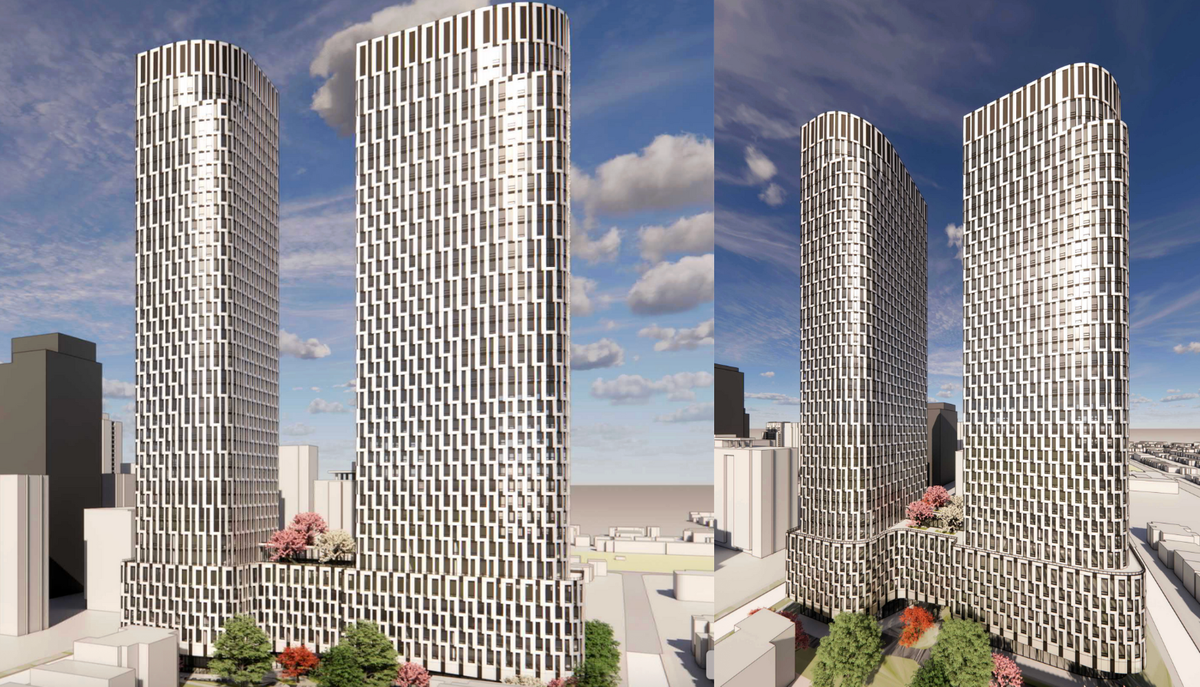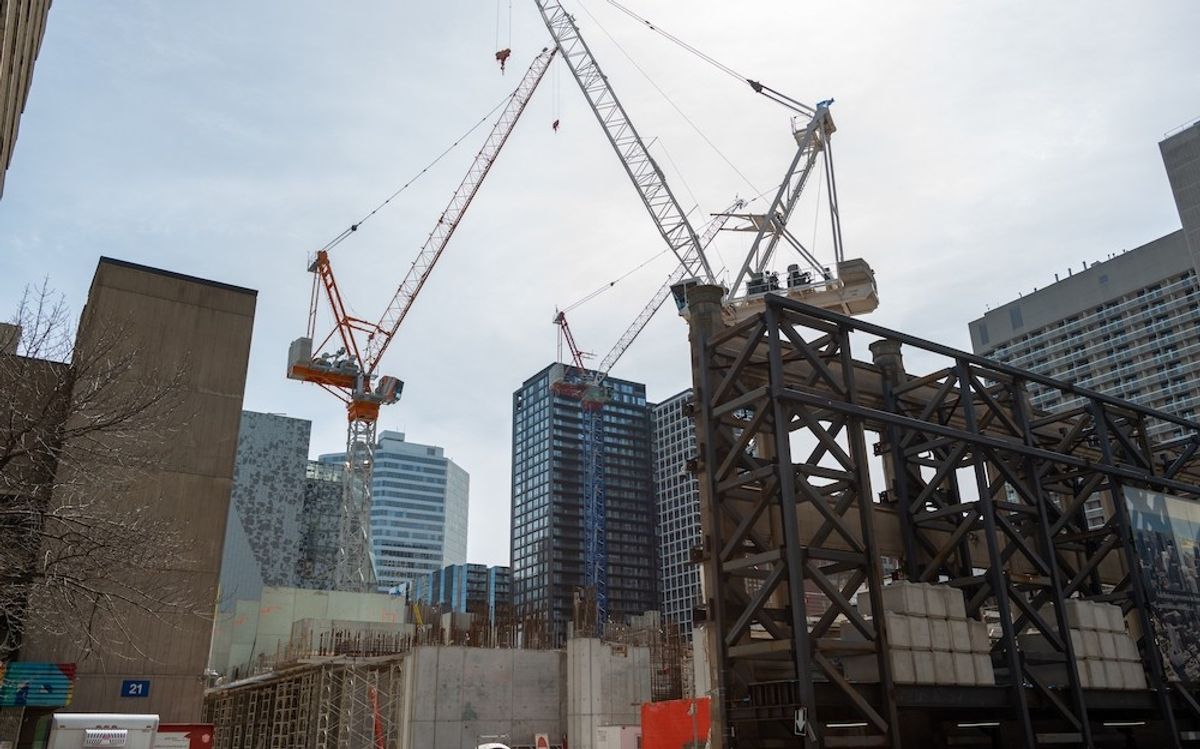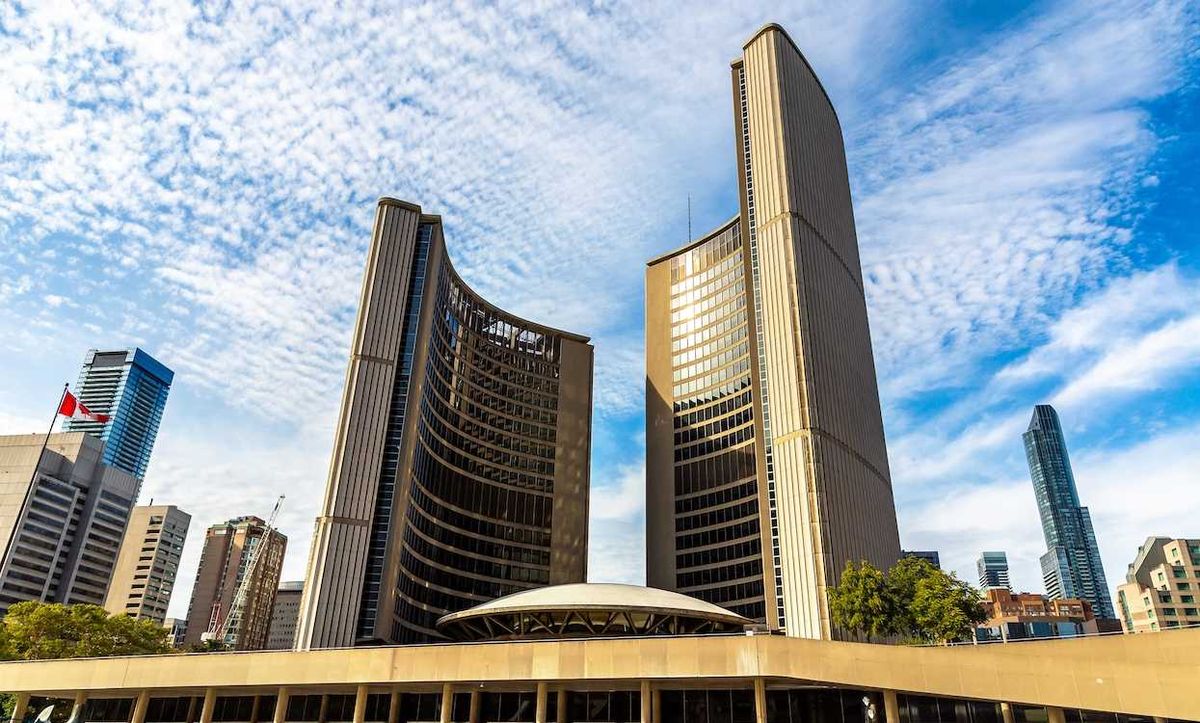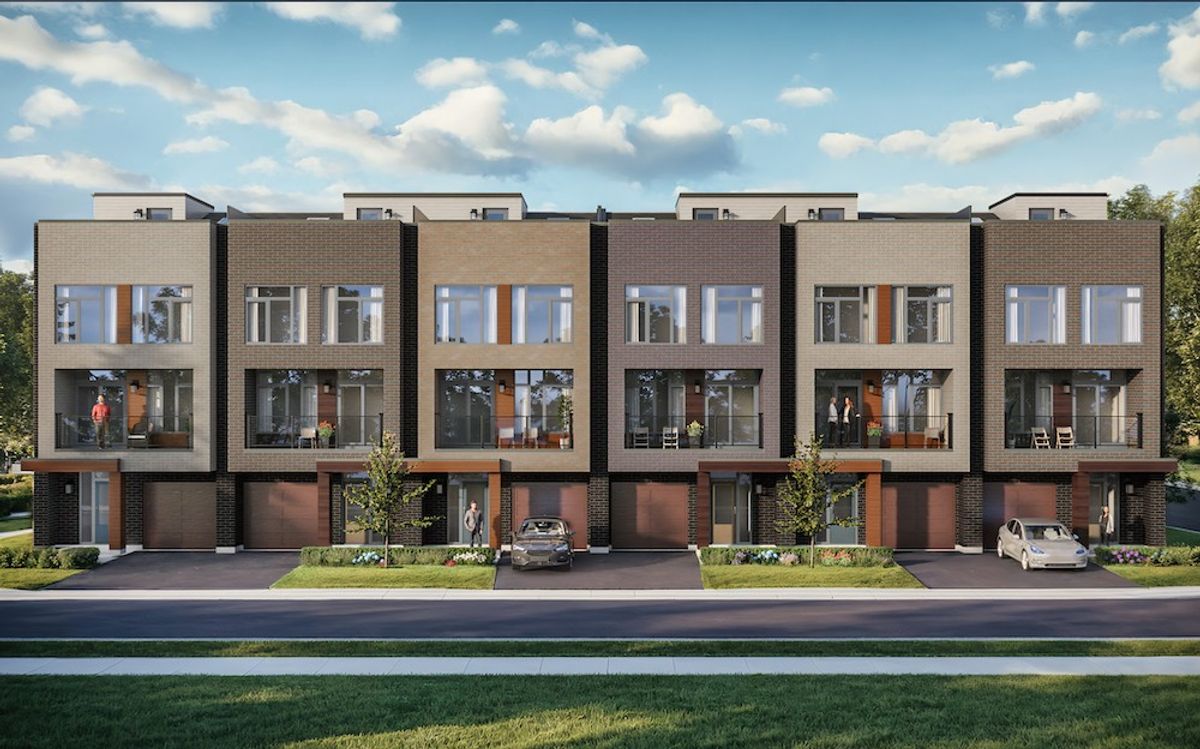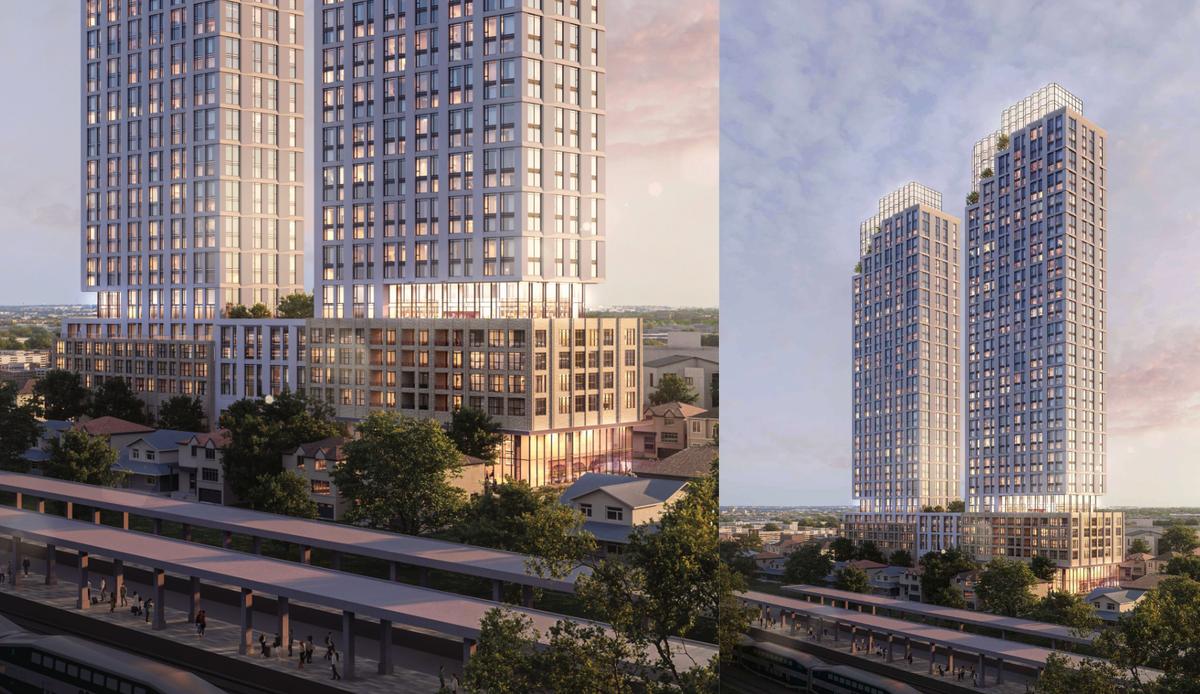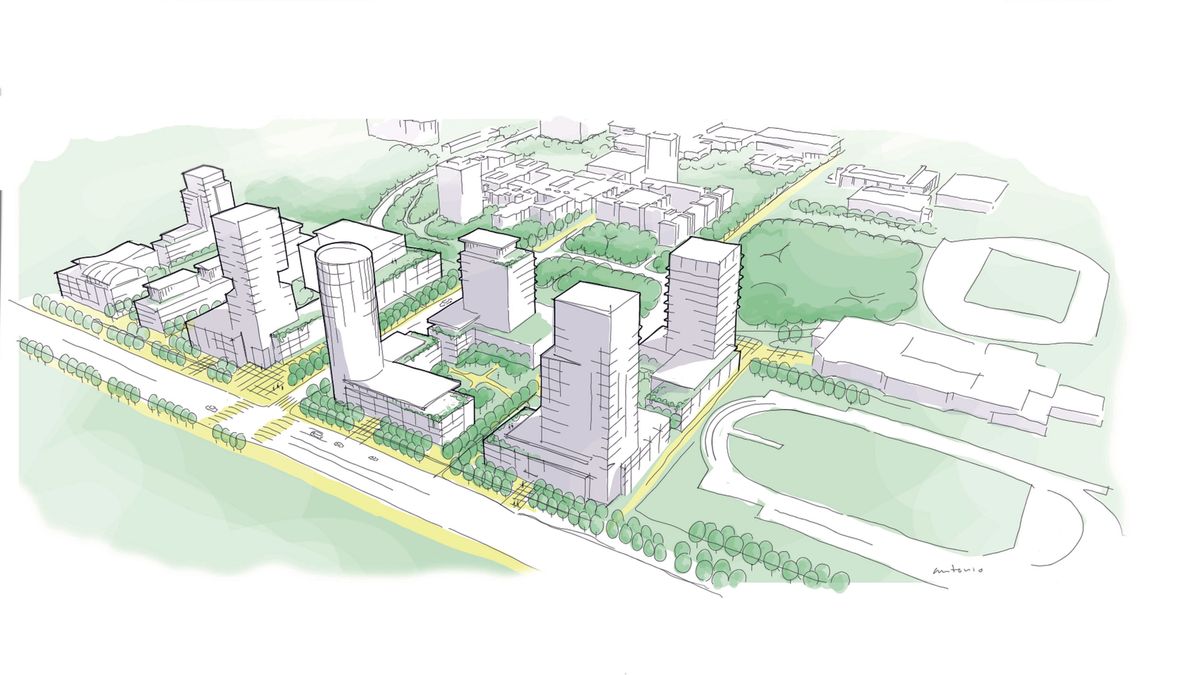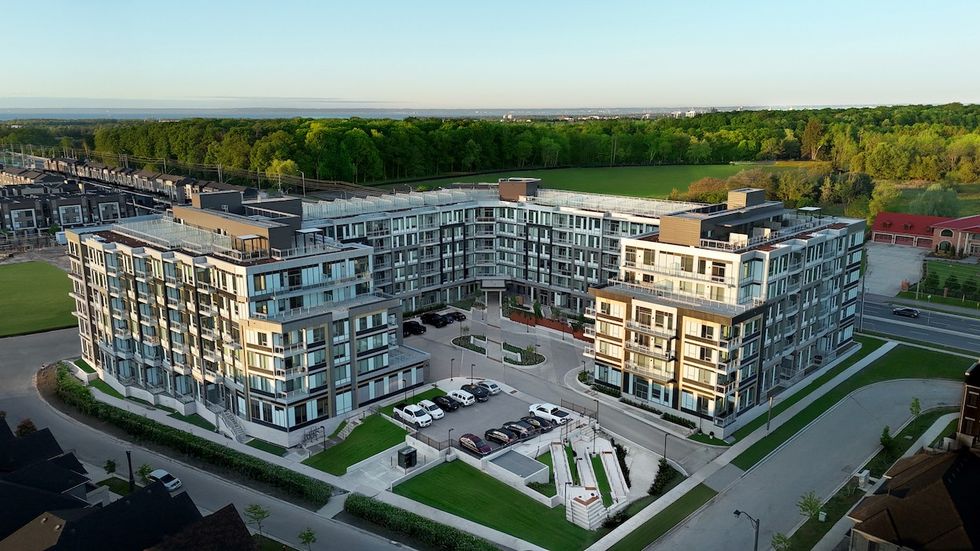In a report released Thursday, Royal LePage lays out its home price forecast for the coming year, backdropped by declining interest rates and new lending rules that make homeownership easier and more attainable for a growing number of Canadians.
Their projection? Prices are on the rise, but not in the volatile fashion of the Pandemic-era days. In 2025, says Royal LePage, we can expect to see a return to stable long-term trends.
“After several years of unusual volatility in the real estate market, key indicators point to a return to stability in 2025. The backlog of willing and able buyers continues to grow, and upcoming changes to mortgage lending rules will further enhance Canadians’ borrowing power,” said Phil Soper, President and Chief Executive Officer at Royal LePage. “Most notably, the Bank of Canada’s shift from ‘inflation fighter’ to ‘economy booster’ has taken time to influence buyer behaviour. We saw a marked increase in market activity at the start of the fourth quarter, following the Bank of Canada’s 50-basis-point rate cut. Buyers now believe home prices have hit bottom and are eager to act before competition intensifies.”
With the table set for increased buyer activity, Royal LePage is forecasting a 6% year over year increase in the aggregate price of a Canadian home in Q4 2025 to $856,692. This number reaches $900,833 for single-family detached homes, which are expected to increase in price by 7%, and hits $605,993 for condominiums, which could increase by a lesser 3.5%.
Regions
By region, Quebec City is expected to see the most substantial price growth at 11%, followed by Edmonton and Regina at 9%. As well, the Greater Montreal Area's projected aggregate price growth of 6.5% is predicted to outpace both Toronto and Vancouver, with price growth in those two markets set to rise by 5% and 4%, respectively – below the national average. Calgary, which saw unprecedented price growth over the last two years is expected to cool off over 2025, with prices forecasted to increase by a more modest 4%, alongside Ottawa, Halifax, and Winnipeg.
Driving this price growth are a number of factors outside of interest rates. One big factor will be tightening supply.
"From one region to the next, housing supply levels have contrasted for months; some markets have been reeling from a chronic supply shortage, while others have watched inventory levels steadily climb," says the report. "As 2025 approaches and buyers become more active, inventory will tighten across the country."
In places like Toronto and Vancouver, where listings have been growing since rates first began falling but prices remain high and flat, buyers stuck in a price stalemate with sellers have been hesitant to jump off the sidelines — a dynamic that Soper says has already begun to shift as buyers returned to the market this fall.
In regions not as constrained by price, such as Atlantic Canada, the Prairies, and Quebec, Soper says low supply and steady demand present since spring 2024 will create a tighter price landscape. "Looking ahead, increased buyer activity in these regions is expected to put upward pressure on home prices as more buyers return.”
First-Time Buyers
On the other side of the equation are new lending policies that Royal LePage says will give first-time homebuyers a "leg up."
As of November 21, the mortgage stress test requirement for uninsured borrowers who switch lenders upon renewal is now eliminated, provided there is no change to the loan amount or amortization period, allowing mortgage holders to more freely explore options with other lenders and encouraging banks to offer more competitive rates.
Additionally, Canadians will receive an early Christmas present in the form of new lending regulations set to kick in on December 15, intended to make homeownership more attainable to a greater number of consumers. These include the expansion of eligibility for 30-year amortizations on insured mortgages to include all first-time homebuyers and to all purchasers of new construction properties, and an increase of the the mortgage insurance cap from $1 million to $1.5 million.
“Improved lending conditions, combined with declining interest rates, will unlock new housing opportunities for many Canadians in the new year. First-time buyers will be the primary beneficiaries of these initiatives, as their ability to borrow more for less with a smaller down payment will help bring them closer to their first home purchase,” says Soper. “We believe the return of buyers to the market will encourage builders and trigger a wave of new supply, which is very much needed.”
Government
Finally, the 2025 market could see prices and market activity impacted by changes in government leadership both south and north of the border. Along with other larger forces, including immigration, trade, and global conflict, Donald Trump's second presidency and the potential change in Canadian leadership could impact prices in unforeseen ways, Soper explains.
"Here at home, a federal election will see new housing policies that may temporarily impact market activity in the second half of 2025,” said Soper. “Meanwhile, south of the border, the incoming Trump administration’s trade policies and broader economic agenda have the potential to create ripple effects for Canada’s economy and housing market. While these impacts may take time to unfold, they could eventually affect consumer confidence and market dynamics on both sides of the border.”
- Homebuyer Demand Continuing To Strengthen Across Metro Vancouver ›
- Taxes Make Up 36% Of Ontario New Home Prices, Study Finds ›
- GTA Home Sales Continue To Climb In November With 40% Jump In Sales ›
- What The GTA Housing Market Can Expect In 2025 ›
- Sotheby's "Optimistic" For Luxury Markets After "Tumultuous" 2024 ›
- Canadian Home Sales Dip In December, To Surge In Spring ›
- 7 Canadian Real Estate Questions We're Asking In 2025 ›
- Canadian Home Sales Dip In January Amid Tariff Uncertainty ›
- Toronto, Vancouver Home Prices Drop Amid Economic Uncertainty ›

